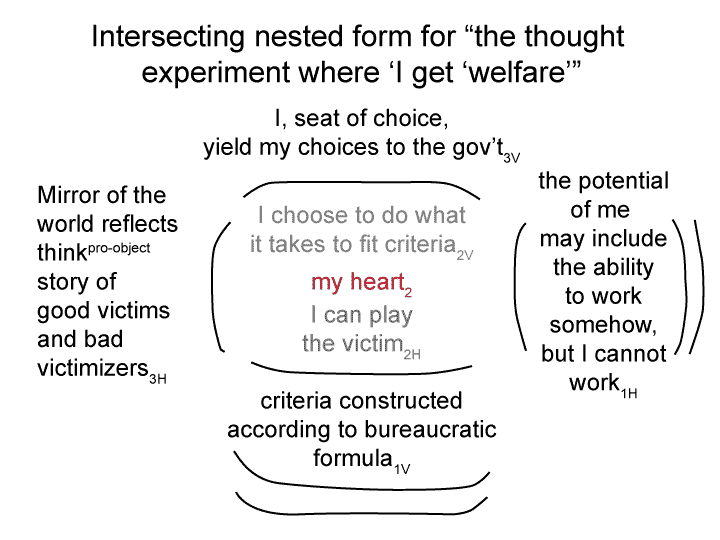11/6/18
Man and Sin by Piet Schoonenberg (1964) 2.3 QJ
[In so-called “welfare”, the subject conforms to the words of the sovereign authority’s thought experiment (that providing the transfer payment will achieve greater “equity”).
For the subject, freedom and responsibilities transform into bondage and words.
For the government agent, words and bondage for the subject are perceived as the justified application of an objectorganization onto sovereign subjects.]


